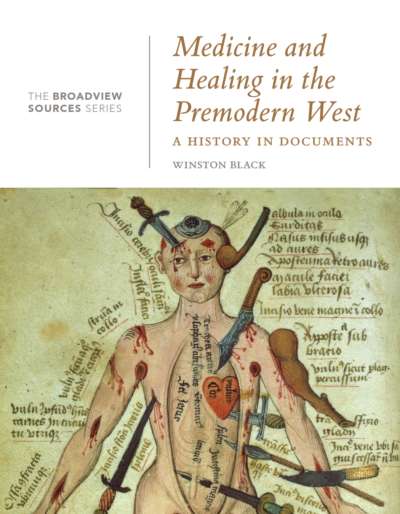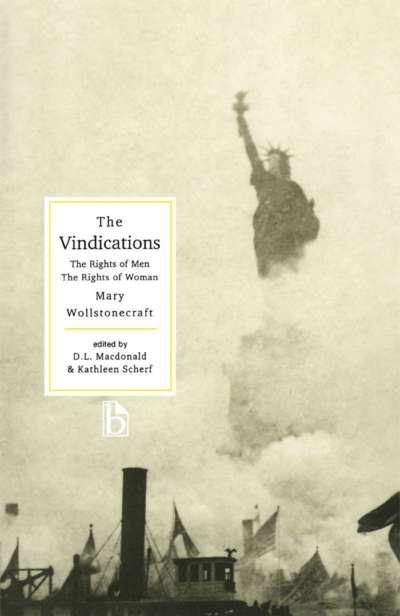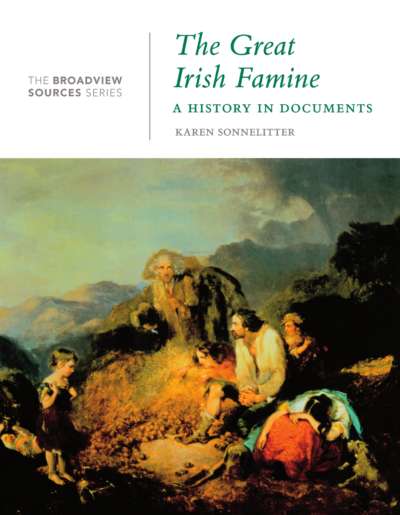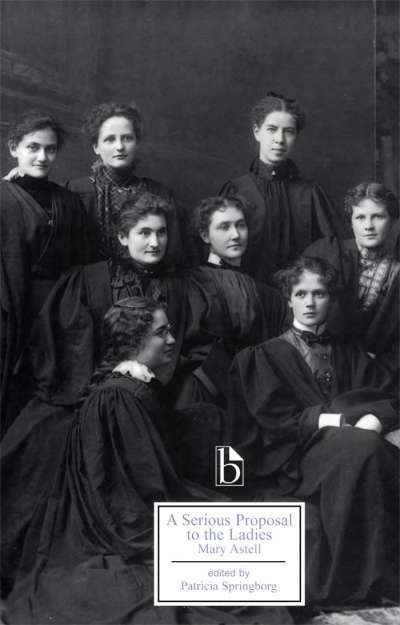In 1919, Prime Minister David Lloyd George of the United Kingdom of Great Britain and Ireland noted that “there is a path of fatality which pursues the relations between the two countries and makes them eternally at cross purposes.” For better or worse, Ireland has frequently been defined by its relationship with its neighbor to the east. And for centuries, English monarchs and governments have struggled with what they came to term “the Irish Question.” Through 76 primary source documents running from the eighth to the twenty-first centuries—all of which are contextualized by informative introductions and annotations—this volume explores the political, economic, and cultural impacts of the relationship between Ireland and England.
Comments
“An excellent and highly useful collection of documents on a critical topic in both Irish and British history.” — Sean Farrell Moran, Oakland University
“With a fine introduction and helpful annotations by Karen Sonnelitter, Irish-English Relations offers a wide-ranging and well-chosen selection of primary sources in Irish history, reaching back from the Venerable Bede to Irish president Michael D. Higgins. As such, it will be invaluable to both students and teachers of Irish history throughout the English-speaking world.” — David Wilson, University of Toronto
“Sonnelitter’s selection is an excellent starter book for anyone interested in delving deeper into Irish history. It is a rich and well-chosen set of materials drawn from literary and visual sources as well as from the political and constitutional arena. Prefaced by a historical introduction and a list of pertinent questions, each document is suitably contextualized and annotated. All the obvious topics—the Anglo-Norman Invasion, the Tudor and Stuart Plantations, the Penal Laws and Catholic Emancipation, the Great Famine, the Irish War of Independence, and the Northern Ireland Troubles—are treated, with much else besides.” — Hiram Morgan, University College Cork
Acknowledgements
Introduction
Chronology
Questions to Consider
Part 1: Medieval Ireland and England (700–1500)
- 1. From The Venerable Bede, The Ecclesiastical History of the English People (c. 731)
- 2. From The Anglo-Saxon Chronicle (9th–12th century)
- 3. From Early Medieval Kings (893 and c. 1103)
- 4. From William of Malmesbury, Chronicle of the Kings of England (c. 1125)
- 5. Laudabiliter (1155)
- 6. The Treaty of Windsor (1175)
- 7. From Gerald of Wales, Topographia Hibernica (c. 1188)
- 8. From Gerald of Wales, Expugnatio Hibernica (c. 1189)
- 9. From William of Newburgh, The History of English Affairs (c. 1190s)
- 10. From Sean Mac Ruaidhrí Mac Craith, The Triumphs of Turlough (mid-14th century)
- 11. From Statutes of Kilkenny (1367)
- 12. Poynings’ Law (1495)
- 13. Irish Annals
Part 2: Early Modern Ireland and England (1500–1800)
- 14. The Crown of Ireland Act (1542)
- 15. Tadhg Dall Ó Huiginn, “To Conn O’Donnell” (late 16th century)
- 16. From Edmund Spenser, A View of the Present State of Ireland (1596)
- 17. From Tadhg Óg Ó Cianáin, Departure of the Lords (1608)
- 18. Lochlann Óg Ó Dalaigh, Where Have the Gaels Gone? (c. 1608)
- 19. From John Davies, Discovery of the True Causes Why Ireland Was Never Entirely Subdued (1612)
- 20. From Geoffrey Keating, Foras Feasa as Éirinn (1634)
- 21. The Confederation of Kilkenny, The Oath of Association (1642)
- 22. From John Temple, The Irish Rebellion (1646)
- 23. Oliver Cromwell, Letters from Ireland (1649)
- 24. Anthony O’Connor, Ireland’s Lamentation (1659)
- 25. The Treaty of Limerick (1691) and the Penal Laws
- 26. From William Petty, The Political Anatomy of Ireland (1691)
- 27. From William Molyneux, The Case of Ireland Being Bound by Acts of Parliament in England, Stated (1698)
- 28. From Bogg-Witticisms: or, Dear Joy’s Common-Places (1698)
- 29. From Jonathan Swift, Drapier’s Letters (1724–25)
- 30. From Charles O’Conor, The Case of the Roman-Catholics of Ireland (1755)
- 31. From Arthur Young, A Tour in Ireland (1780)
- 32. Seághan Ó Coileáin, Lament over the Ruins of the Abbey of Teach Molag (late 18th century)
- 33. Henry Grattan, Speech in the Irish Parliament (16 April 1782)
- 34. From The Utility of an Union between Great Britain and Ireland, Considered (1787)
- 35. Theobald Wolfe Tone, et al., Declaration and Resolutions of the Society of United Irishmen of Belfast (1791)
- 36. From Patrick Sheehy, Union a Plague (1799)
Part 3: Modern Ireland and England Before Independence (1800–1921)
- 37. From An Act for the Union of Great Britain and Ireland (1800)
- 38. From the Catholic Relief Act (1829)
- 39. British and Irish newspaper cartoons of Daniel O’Connell (1840s)
- 40. From Daniel O’Connell, Speeches on Catholic emancipation and the repeal of the Act of Union (1840s)
- 41. From Benjamin Disraeli, Speech in the House of Commons on the Irish Question (1844)
- 42. Thomas Davis, “A Nation Once Again” (1844)
- 43. From Charles Trevelyan, The Irish Crisis (1848)
- 44. James Mahony, “Condition of Ireland: Illustrations of the New Poor-Law,” Illustrated London News (22 December 1849)
- 45. From John Mitchel, The Last Conquest of Ireland, Perhaps (1861)
- 46. From J.L. Porter, The Life and Times of Henry Cooke (1871)
- 47. Punch Cartoons on Ireland
- 48. Charles Stewart Parnell, Speech at Cork (1885)
- 49. From A.V. Dicey, England’s Case against Home Rule (1887)
- 50. Douglas Hyde, The Necessity of De-Anglicizing Ireland (1892)
- 51. From George Bernard Shaw, John Bull’s Other Island (1904)
- 52. The Solemn League and Covenant (1912)
- 53. Gaelic League Poster (1913)
- 54. John Redmond, Woodenbridge Speech (20 September 1914)
- 55. The Easter Rising Proclamation (1916)
- 56. W.B. Yeats, “Easter 1916” (1920)
- 57. From The Anglo-Irish Treaty (1921)
Part 4: Ireland and England Post-Independence (1921–present)
- 58. From Coal-Cattle Pact Debates in the Dáil Éireann (13 June 1935)
- 59. From Bunreacht Na hÉireann (Constitution of Ireland) (1937)
- 60. Winston Churchill, Telegram to Éamon de Valera, 9 December 1941, and extract from Speech on V-E Day (1941 & 1945)
- 61. Éamon de Valera, Response to Churchill (1945)
- 62. The Republic of Ireland Act (1948)
- 63. From the Ireland Act (1949)
- 64. From A Catholic Handbook for Irish Men & Women Going to England (1953)
- 65. From Oliver Reilly, A Worker in Birmingham (1958)
- 66. From Sean Lemass, Statement to the European Economic Community (18 January 1962)
- 67. From Terence O’Neill, Ulster Stands at the Crossroads (1968)
- 68. From Bernadette Devlin, Maiden Speech in the House of Commons (1969)
- 69. From William Whitelaw, The Future of Northern Ireland (1972)
- 70. From Jack Lynch, Speech at the Dáil Éireann (21 March 1972)
- 71. From Radio Interview with British Prime Minister Margaret Thatcher (8 December 1980)
- 72. From An Camchéacta/The Starry Plough, “Why it is murder …” ( June 1981)
- 73. From The Good Friday Agreement (1998)
- 74. From Tony Blair, Address to the Dáil Éireann (26 November 1998)
- 75. Queen Elizabeth II, Speech at Dublin Castle (18 May 2011)
- 76. Michael D. Higgins, Shadow and Shelter Speech (8 April 2014)
Glossary of Key Figures and Terms
Select Bibliography
Permissions Acknowledgements
Karen Sonnelitter is Associate Professor of History at Siena College. She is editor of The Great Irish Famine (Broadview Press) and the author of Charity Movements in Eighteenth-Century Ireland: Philanthropy and Improvement (Boydell & Brewer).













